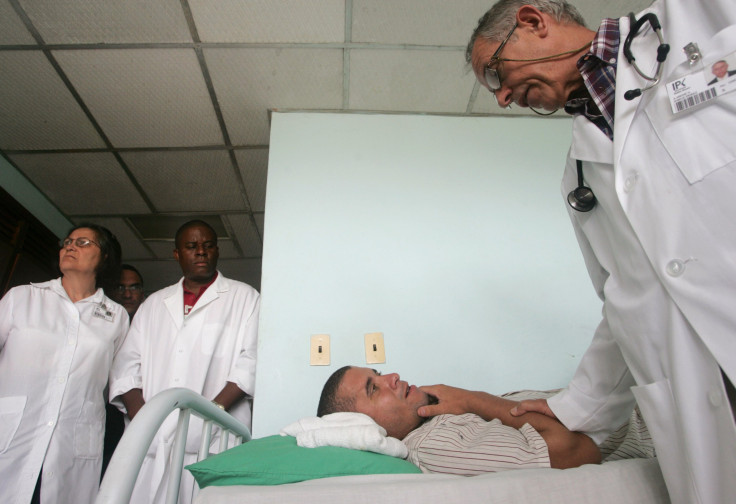Being At 'High Risk' For Cardiovascular Disease Should Also Be Considered A Disease: Expert

We often read about certain “at risk” populations who may be more susceptible to a disease or condition due to a family history, environmental factors, or lifestyle factors. Now it appears that both patients and doctors have misconstrued the concept of high risk leading to a skewed understanding of ill health. A recent editorial published online in the British Journal of Sports Medicine argues that being at “high risk” for a disease nowadays is a disease in its own right.
"If we assume doctors are truly more competent in making value judgments about the lives of their patients than the patients sitting in front of them, should we not have proof that doctors can do the job?" said Professor Teppo Järvinen, of the Department of Orthopaedics and Trauma, Helsinki University Hospital in Finland, in a statement. "Sadly, despite medical education and clinical experience, doctors do not seem to possess the required skill.”
Järvinen claims “risk illiteracy” is undermining not only preventative medicine, but also the ability of patients to manage their own health. For example, the recent U.S. National Osteoporosis Foundation guidance on the threshold for the treatment of brittle bone disease suggests offering treatment to patients whose 10-year probability for suffering a hip fracture is 3 percent. If that were the case, 75 percent of all white women over the age of 65 and 90 percent of those over the age of 75 would be recommended drug treatment.
He also argues that America’s new cholesterol guidelines throw nearly every elderly person into the realm of the “sick.” The European guidelines on cardiovascular disease from around 10 years ago similarly categorized most adult Norwegians, often considered the healthiest population in the world, as "at high risk." If either set of guidelines were followed by physicians, Järvinen said "the focus on hypertension would have drained the entire primary health care budget.”
Järvinen concludes that the confusion among patients’ risk for certain disease also muddies up the decision to start treatment. Some patients think they only qualify for preventive treatment if their absolute risk is between 20 and 50 percent. He said doctors "began prescribing enthusiastically when an osteoporosis drug was shown to increase the probability of avoiding a hip fracture from 97.9 percent to 98.9 percent," even if the reduction was framed at 50 percent just to seem more impressive.
"Despite laudable efforts to improve the communication and comprehension of both the concept of risk and the anticipated treatment benefit, risk-illiteracy of the gravest magnitude still affects both doctors and patients," Järvinen added. "But without accurate and common comprehension of these key aspects, there is no basis for shared decisions. And without shared decision-making, pharmacological primary intervention becomes a tyranny of eminence."
Source: Järvinen T. Labelling people as 'high risk': a tyranny of eminence? British Journal of Sports Medicine. 2015.
Published by Medicaldaily.com



























